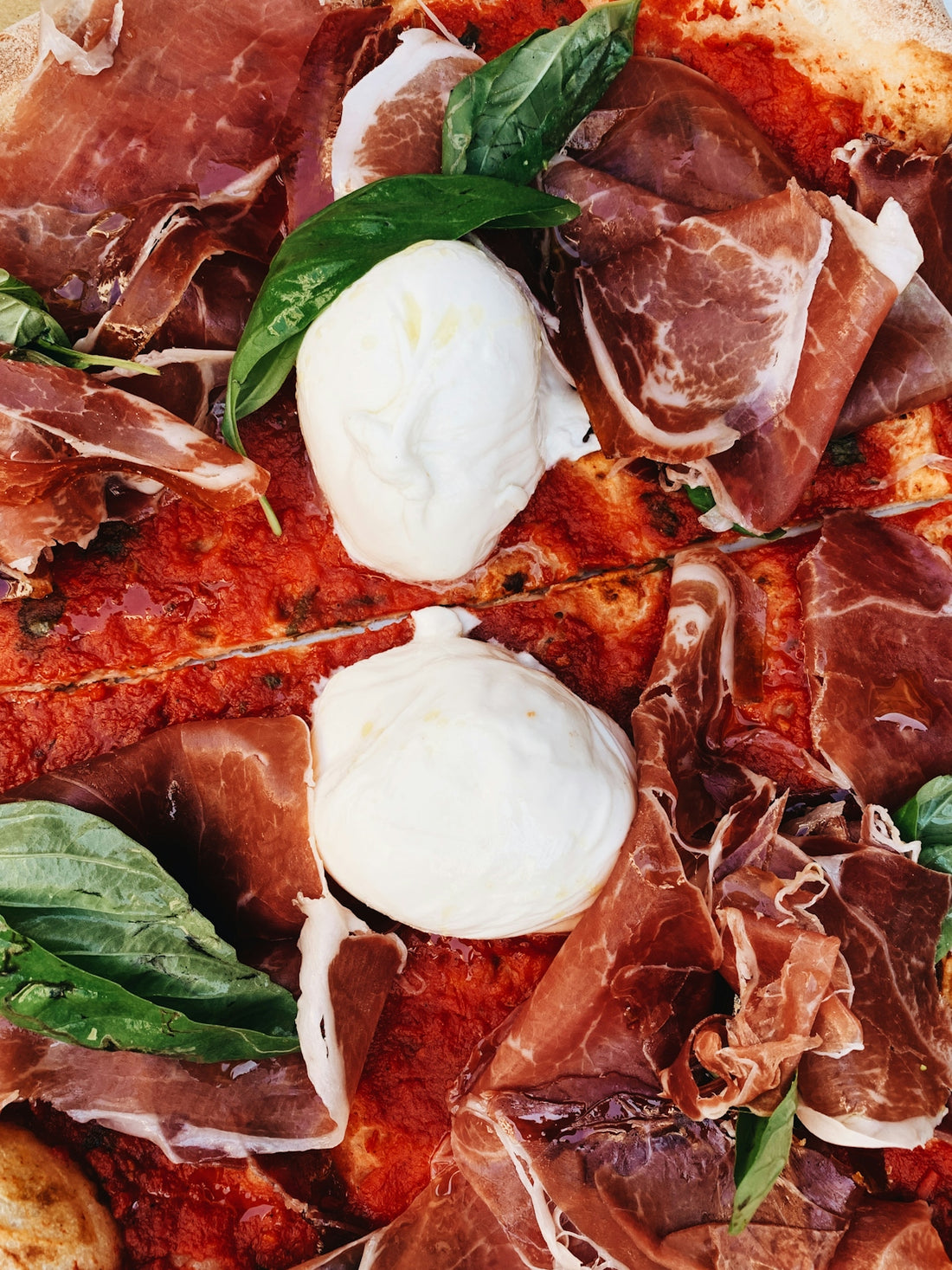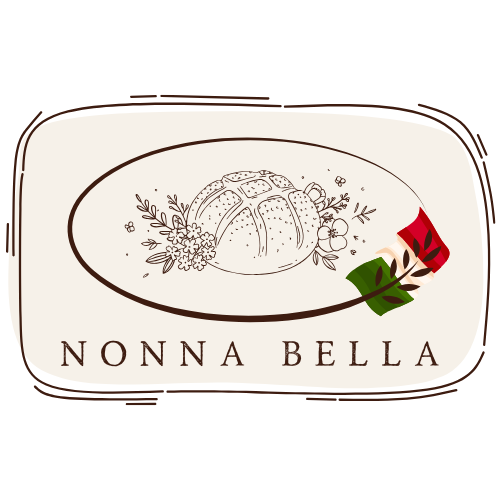
Wild Yeast Wonders: The Art of Sourdough Bread Making Explained
In the age of mass-produced bread, there's something truly magical about crafting a loaf of sourdough bread at home. This ancient method, relying on the mysterious dance of wild yeast fermentation, connects us to a tradition that has been nourishing people for millennia. Let's delve into this journey of homemade sourdough and discover how you can create your own delicious, aromatic loaves from scratch.
The Power of Sourdough Starter
At the heart of every great sourdough loaf lies the sourdough starter. This living culture of wild yeast and bacteria is your ticket to leavened bread without relying on commercial yeast. Creating your own organic sourdough starter might seem daunting, but with patience and the right know-how, anyone can cultivate a vibrant starter that's bursting with potential.
How to Create a Sourdough Starter
To start, you'll need just two ingredients: whole grain flour and water. Combine equal parts of both in a clean jar, and let nature work its magic. Over the course of a week, you'll feed your mixture regularly, allowing the wild yeasts and lactobacilli bacteria to proliferate, creating the unique tangy aroma characteristic of sourdough.
For those looking to perfect this process, the Lame Bread Proofing Basket Kit is an invaluable tool. It includes a sourdough starter jar with a thermometer and other essential tools for maintaining a healthy starter.
How to Feed Sourdough Starter
Consistency is key in sourdough starter feeding. Establish a sourdough starter feeding schedule where you refresh your starter with fresh flour and water daily or every other day. This routine fosters a robust and active culture, which is essential for a successful bake.
Storing your Sourdough Starter
Not planning to bake every day? No problem. Knowing how to store sourdough starter in the fridge can pause fermentation, allowing you to maintain your culture without constant feeding. Simply bring it back to room temperature and feed it a few times before your next baking.
The Art of Sourdough Bread Baking
The Science Behind Sourdough Fermentation
Sourdough fermentation involves a natural leavening process, where wild yeast and lactic acid bacteria work symbiotically to raise the dough. This slow fermentation not only gives the bread its signature earthy flavor but also enhances its nutritional profile. The benefits of sourdough fermentation include improved digestibility and lower glycemic index, making sourdough for diabetics a viable option.
Crafting Your First Loaf: An Easy Sourdough Bread Recipe
Creating your first loaf of easy sourdough bread doesn't require fancy equipment, though a Nonna Bella 5kg Digital Kitchen Scale can be a game-changer for precise measurements.
- Ingredients:
- 500g bread flour
- 320g water
- 100g active sourdough starter
- 10g salt
- Instructions:
- Mix the flour and water, and autolyse for 30 minutes.
- Incorporate the starter and salt, then knead until a smooth dough forms.
- Let ferment for 4 hours, folding the dough every 30 minutes.
Using a Silicone Baking Mat Kneading Pad simplifies the aspects of kneading and shaping sourdough bread.
Shaping and Scoring for the Perfect Loaf
Learning how to shape sourdough bread is crucial for achieving a desired crumb and crust. After bulk fermentation, gently pre-shape your dough into a ball. Rest it for 20 minutes before the final shaping.
Scoring or slashing the dough with a blade—a skill exemplified by artisan bread baking—allows for even expansion. Mastering the best sourdough scoring techniques ensures your loaf blooms beautifully in the oven.
Baking Tools for Sourdough
What tools do I need to make sourdough bread, you might ask? Essential tools include a kitchen scale, proofing basket, and a sharp blade for scoring. Additionally, maintaining a compassionate understanding of sourdough fermentation and troubleshooting skills is imperative for the best results.
Using quality bakeware like the Nonna Bella Carbon Steel Bread & Loaf Pans can impact your bread's crust and shape positively.
Addressing Common Sourdough Challenges
No sourdough journey is without its hurdles. Sourdough starter troubleshooting can resolve issues like sluggish fermentation or unpleasant odors. Likewise, sourdough bread troubleshooting assists in perfecting textures, flavors, and crust.
Achieving the Crispy Sourdough Crust
A hallmark of successful sourdough bread is its crispy, golden crust. To unlock this feature, bake in a hot oven with steam. Preheating a Dutch oven or using a pizza baking screen can help promote an even and appealing crust.
Sourdough’s Versatility: Beyond the Basic Loaf
Sourdough Pizza and More
The versatility of sourdough starter extends beyond bread. Use it to create sourdough pizza dough that's crusty, yet chewy; or experiment with sourdough bagels for a delightfully tangy twist on a breakfast classic.
Sourdough Discard Recipes
Don't let sourdough discard go to waste. Use it in pancake, waffle, or cake batters, adding a nuanced tang to baked goods.
The Legacy and Culture of Sourdough
Sourdough starter with a long legacy is often associated with rich flavors and robust cultures. However, whether you're starting fresh or inheriting one, the core of sourdough lies in personal connection and tradition.
Italian Sourdough Bread: A Cultural Artifact
As we conclude our exploration, it’s worth noting the profound cultural significance of sourdough, especially within Italian culinary traditions. Regions like Tuscany have long celebrated the earthy flavors of Italian sourdough bread.
A Lifelong Journey: My Sourdough Life
Embark on this journey of sourdough baking tips and methods. Understand sourdough vs regular bread differences and embrace the organic, artisanal craft of sourdough making—a passion that nourishes both the body and soul.
For more inspiration and resources, visit Italian Sourdough where the art of sourdough unwraps in its truest form. Order your supplies today and join the thriving community of home bakers who cherish every crunchy bite and tangy whiff of freshly baked sourdough.
